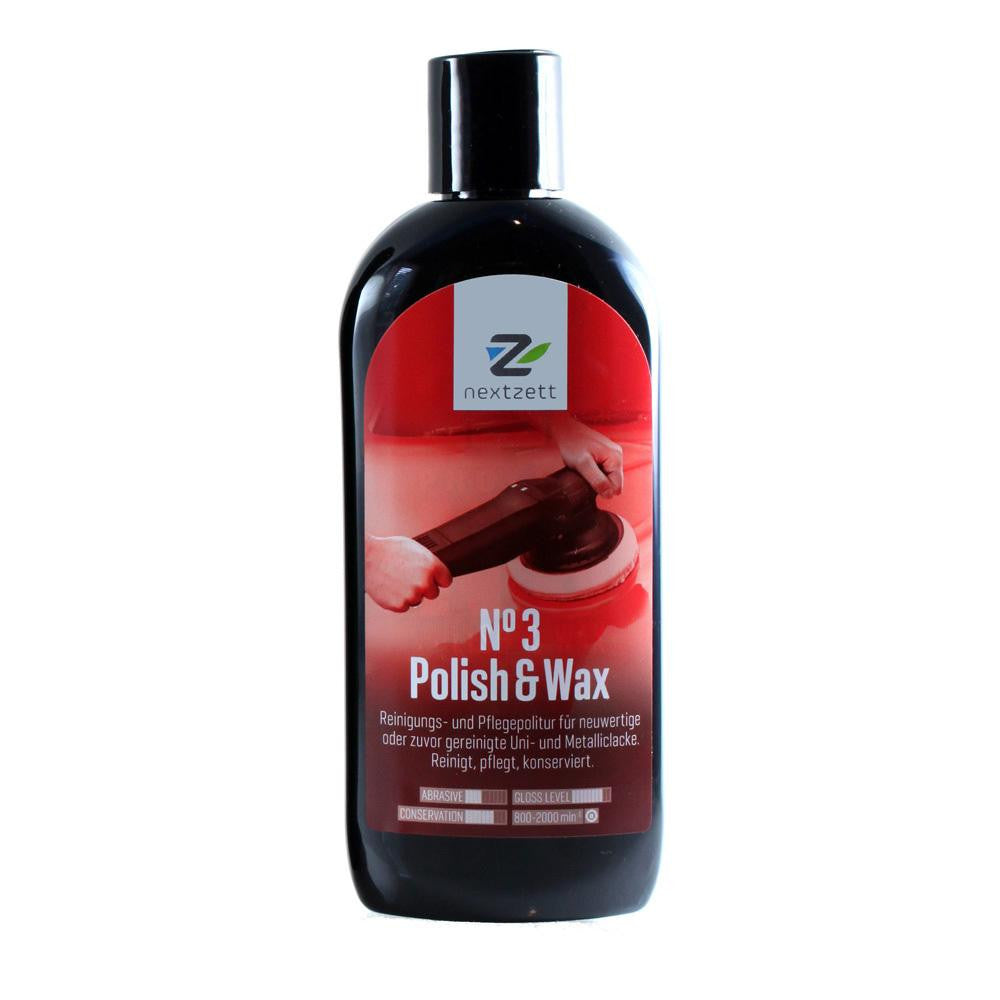Car Polishes
A beautiful, glossy finish is the hallmark of a well-maintained car, and the secret behind that showroom shine is often high-quality car polish. Polishing is a crucial step in car paint correction, helping remove imperfections, restore gloss, and prepare the paint for protective layers like wax or sealant. Whether you’re tackling minor swirl marks, hard water spots, or dealing with oxidation, car polish is an essential tool for enhancing and preserving your car’s appearance.
5 products





